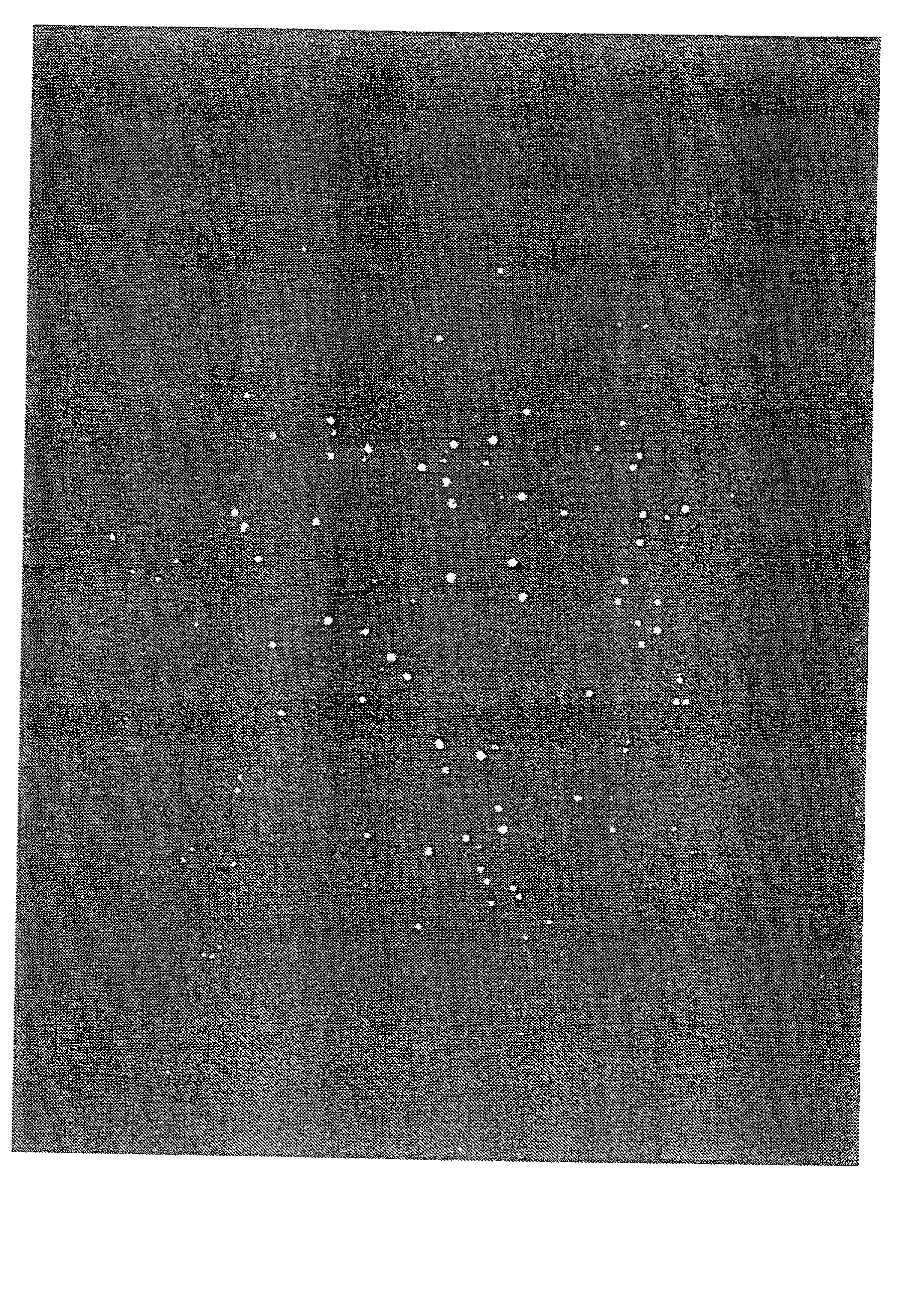Apparatus for the simultaneous transfer of liquid analytes
a technology of liquid analytes and apparatuses, applied in the field of rapid screening of analytes, can solve the problems of ineffective application, increasing the complexity of hts-modules, and limited hts-efficiency,
- Summary
- Abstract
- Description
- Claims
- Application Information
AI Technical Summary
Benefits of technology
Problems solved by technology
Method used
Image
Examples
example 1
Principle of Compound Diffusion and Interaction with Cells Embedded in a Semi-solid Medium
[0125] Calcein a cell viability marker was dissolved at a concentration of 5 mM in dimethyl sulfoxide (DMSO). A glass capillary tube with a total volume capacity of 0.5 .mu.l was dipped into the calcein solution and filled by capillary action. The tip of the capillary tube was then contacted with a polystyrene surface in a such a way that a small drop of calcein solution was delivered from the capillary tube to the plastic surface. After drying of the drop, 20 .mu.l of a cell suspension in semisolid medium (MT4 cells suspended in RPMI (Rosemount Park Memorial Institute) 1640 medium, without phenol red, supplemented with 10% FCS (fetal calf serum), 1% Pen-Strep (penicillin-streptomycin) and containing 0.34% agar) was layered over the dried calcein spot. After an incubation time of 2 hours at 37.degree. C. (humidified atmosphere and 5% carbon dioxide) the diffusion of the calcein into the semi-so...
example 2
Principle of High Density Compound Application and Diffusion in a Semisolid Matrix
[0127] A bundle of capillaries filled with calcein and arranged (8.times.12) in a holder device as depicted in FIG. 4 was contacted with a surface of polystyrene so that a drop of calcein was delivered simultaneously from each capillary to the polystyrene surface. The holder device is indicated generally at 10 and comprises capillary tubes 11 mounted in plates 12, 13 for maintaining the capillary tubes 11 in the desired relationship with respect to each other. Following drying, a homogeneous suspension of MT4 cells in RPMI 1640 medium supplemented with 10% FCS, 1% Pen-Strep and 0.34% agar was layered over the spots. After an incubation period of 2 hours (humidified atmosphere. 5% carbon dioxide) it was found that for each of the spots the distance of diffusion of the calcein in the semi-solid matrix was reflected by the fluorescence of the embedded MT4 cells.
example 3
Compound Target Interaction: Effect of Anti-HIV Compounds on the Fluorescence of GFP-expressing MT4 Cells (LTR Promotor) in the Presence of HIV-1 in a Semi-solid Phase
[0128] Three compounds of well known activity against HIV-1 (AZT, 3TC and Loviride) were spotted (+ / -1 .mu.l from stock in a capillary tube as hereinbefore described) onto the bottom surface of the wells of a transparent 384-well polystyrene tissue culture plate. The compounds in the wells were left to dry and stored at 4.degree. C.
[0129] One week later, MT4 cells were collected from tissue culture flasks and suspended at 10E7 / ml in RPMI medium. This cell suspension was further equally divided into four tubes. These tubes were then centrifuged at 450 g, for 10 min. To the cell pellets obtained after centrifugation of two of these tubes. 200 .mu.l HIV suspension in RPMI medium were added for a period of 2 hours at 37.degree. C. The other two tubes were treated in the same way, except that no virus was added. After an in...
PUM
| Property | Measurement | Unit |
|---|---|---|
| temperature | aaaaa | aaaaa |
| volume | aaaaa | aaaaa |
| total volume capacity | aaaaa | aaaaa |
Abstract
Description
Claims
Application Information
 Login to View More
Login to View More - R&D
- Intellectual Property
- Life Sciences
- Materials
- Tech Scout
- Unparalleled Data Quality
- Higher Quality Content
- 60% Fewer Hallucinations
Browse by: Latest US Patents, China's latest patents, Technical Efficacy Thesaurus, Application Domain, Technology Topic, Popular Technical Reports.
© 2025 PatSnap. All rights reserved.Legal|Privacy policy|Modern Slavery Act Transparency Statement|Sitemap|About US| Contact US: help@patsnap.com



